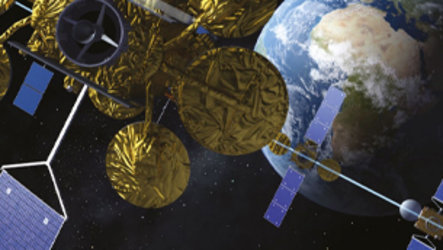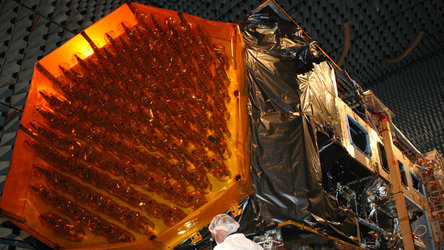Sharing the satellite
The future is looking bright for shared satellite payload opportunities with ESA. Known as hosted or “piggyback” payloads, ESA plans to further explore this method by setting up public private partnerships to embark institutional payloads on commercial satellites.
Launching and operating a dedicated satellite to start a new service or complement an existing one is expensive. Hosted or piggyback payloads benefit from extra capacity on commercial satellites to accommodate additional transponders, instruments or other applications that require a space platform.
Partners share the satellite. This arrangement takes less time and money, allowing advances in satcom technologies and services and new businesses to grow.
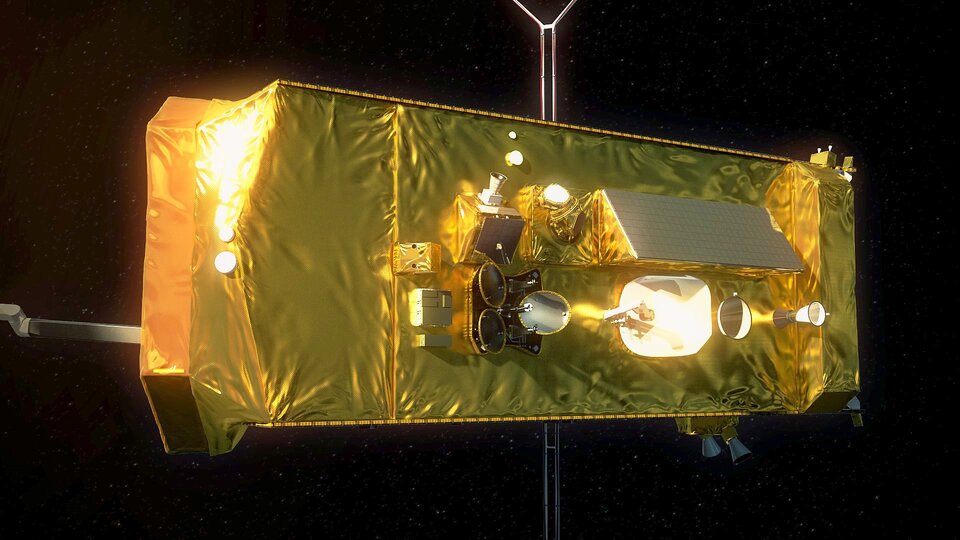
Four hosted payloads will be launched on Alphasat I-XL early 2013. Developed in partnership with European operator Inmarsat, it is the first satellite using the new European high-power Alphabus telecommunications platform developed by Astrium and Thales Alenia Space under an ESA–CNES cooperation programme.
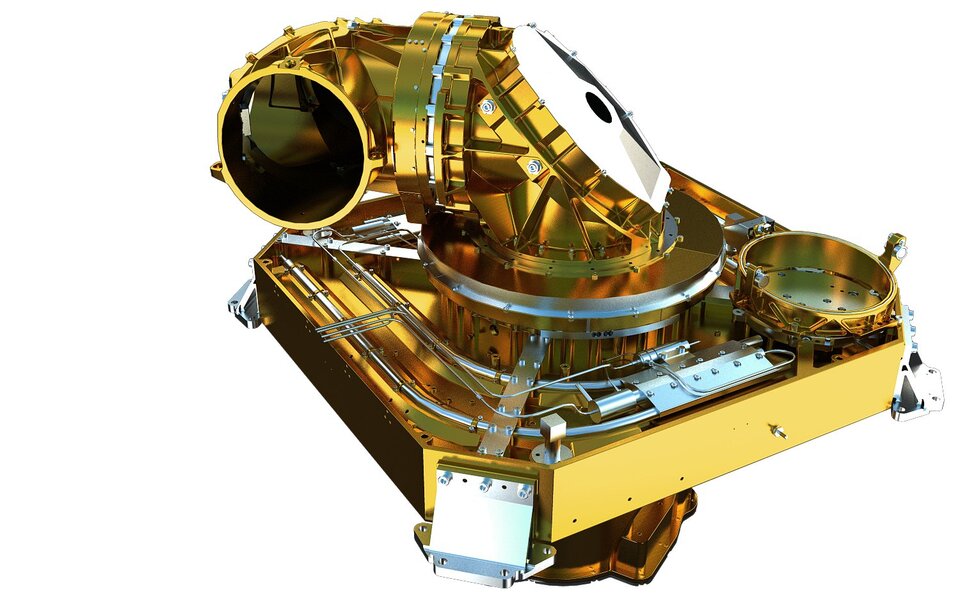
The additional packages include:
- Laser communication and Ka-band downlink: the advanced laser terminal provides optical communications at 2 Gbit/s from Earth observation satellites in low-Earth orbit to a geostationary orbit. A Ka-band transmitter sends the data to a ground station.
- Q/V-band communication and propagation: a repeater explores the use of these frequencies for future applications. In parallel, experiments with the propagation beacon measure the effects of Earth’s atmosphere on radio waves in the band.
- Startracker: a sensor with active pixel detector is included to gain early flight experience on this new product, capable of very accurate and autonomous attitude acquisition. The sensor is highly resistant to the radiation environment in geostationary orbit.
- Environmental testing and radiation sensor: the environment effects facility tests electronic components and solid-state materials in the radiation environment of geostationary orbit. A particle spectrometer measures these radiation levels in parallel.
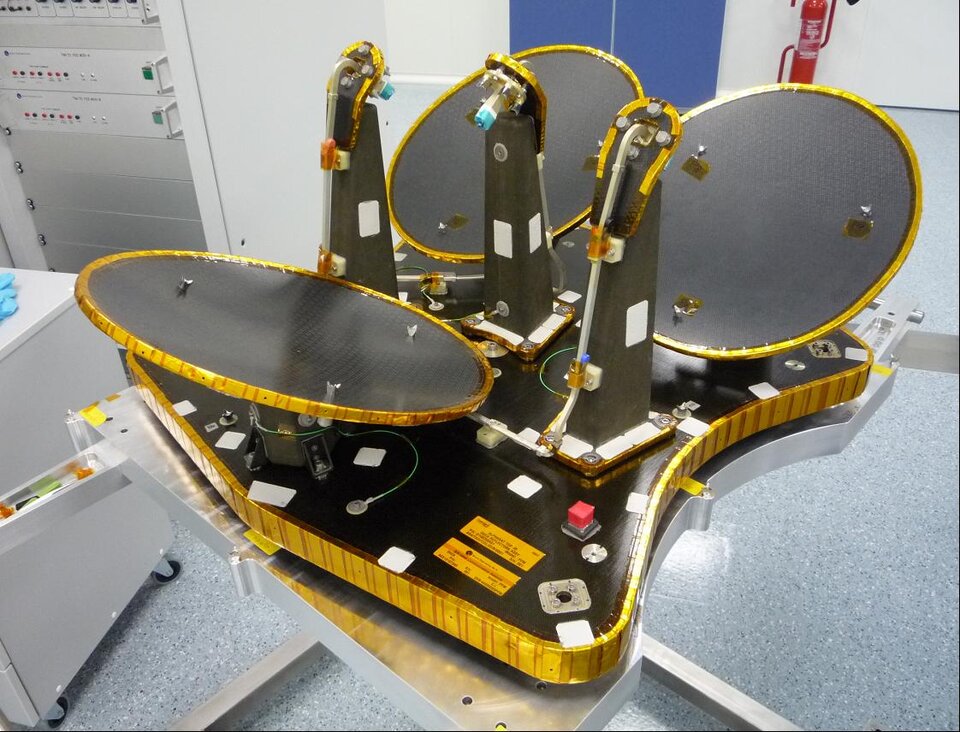
Hosted payloads will continue in future ESA projects. Recently, ESA issued a special Call for Interest offering the possibility of combining a hosted payload in conjunction with larger missions associated with the European Data Relay System.
The Call has garnered enough responses to prompt the release of an Invitation to Tender in the near future.
In addition, Alphabus, thanks to its large payload capacity, offers opportunities for Europes’ satcom industry and ESA to work together to develop hosted payloads for new services such as air traffic management or security communications.



